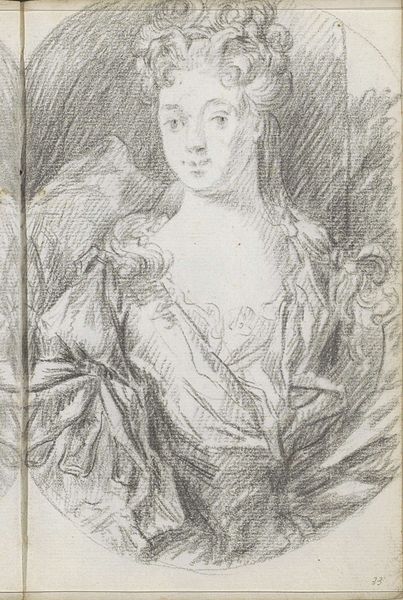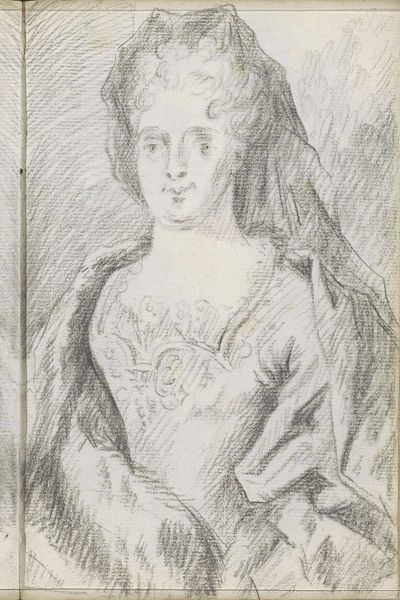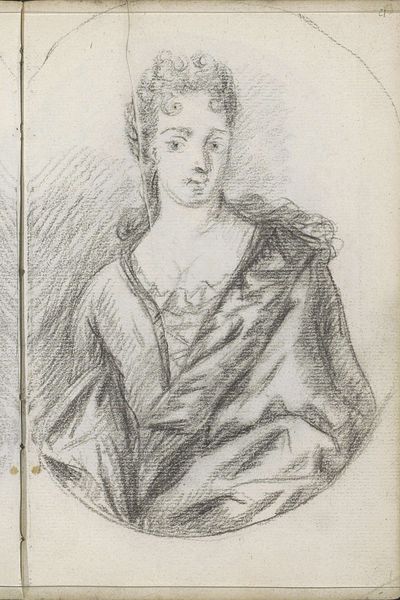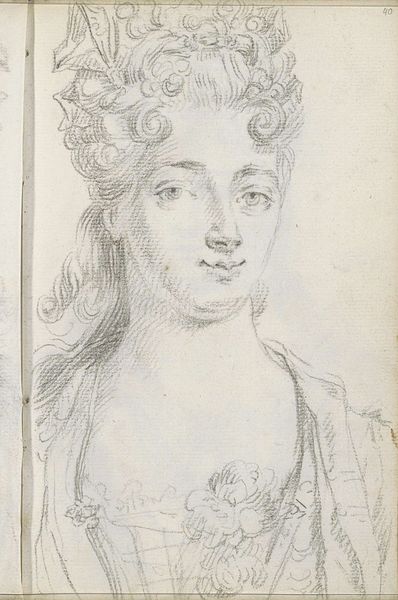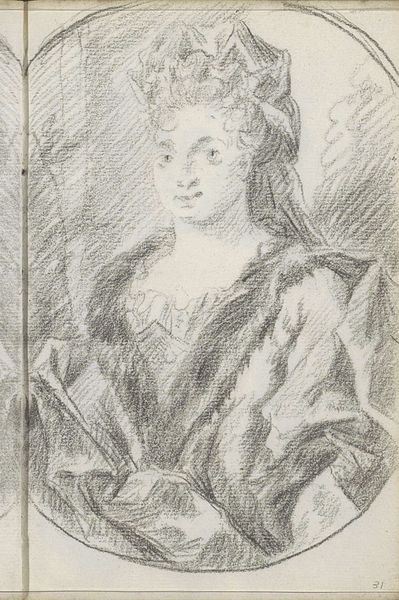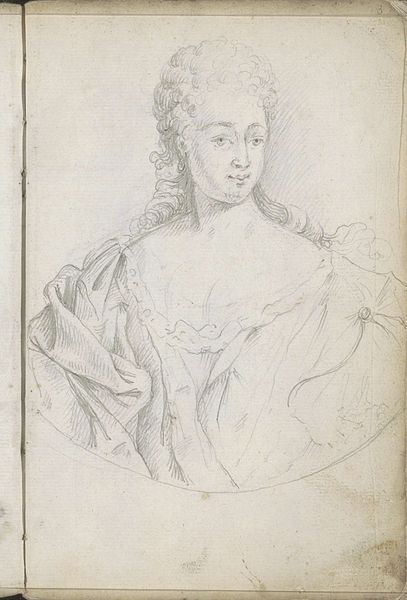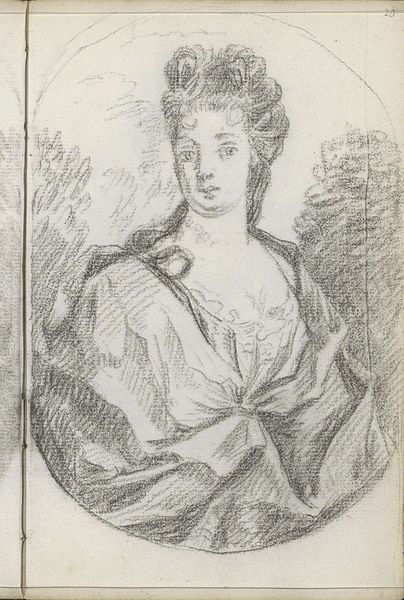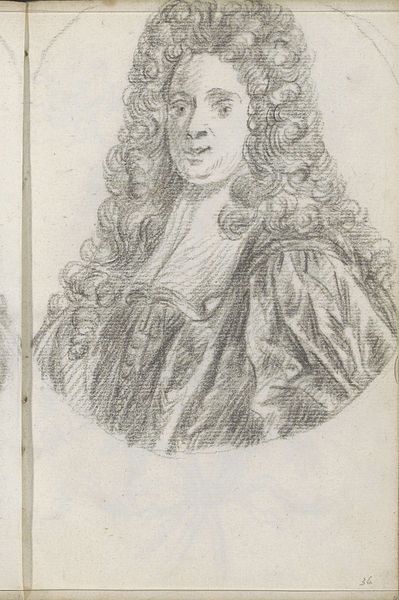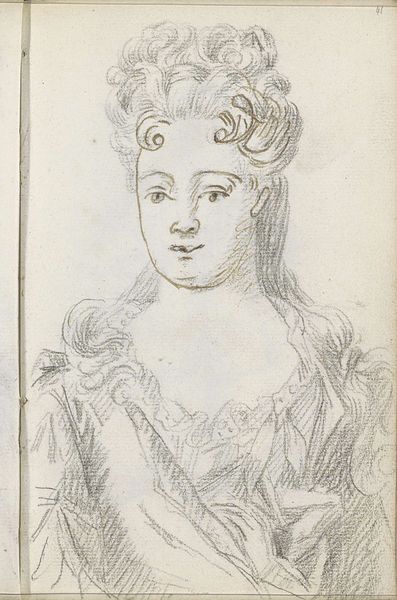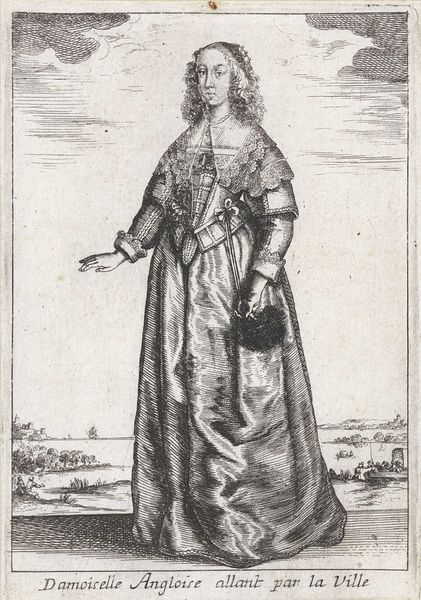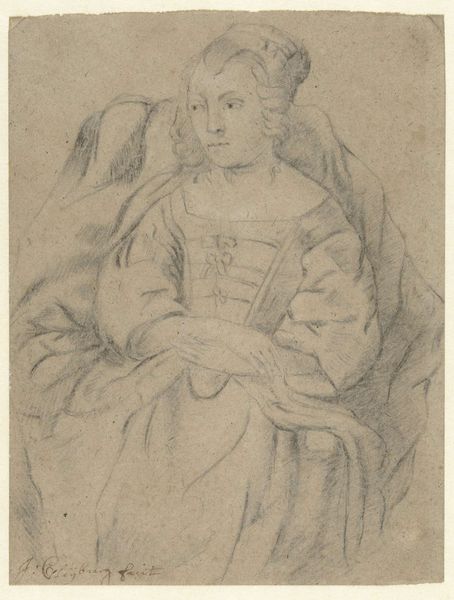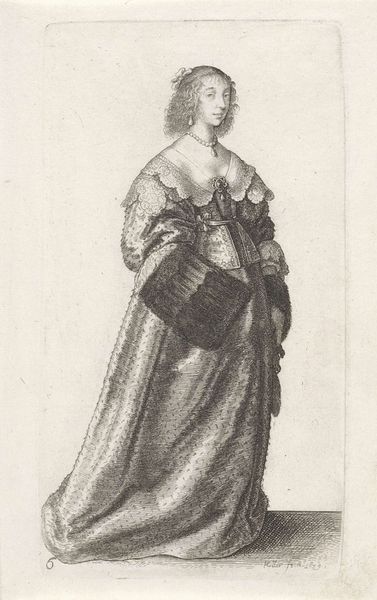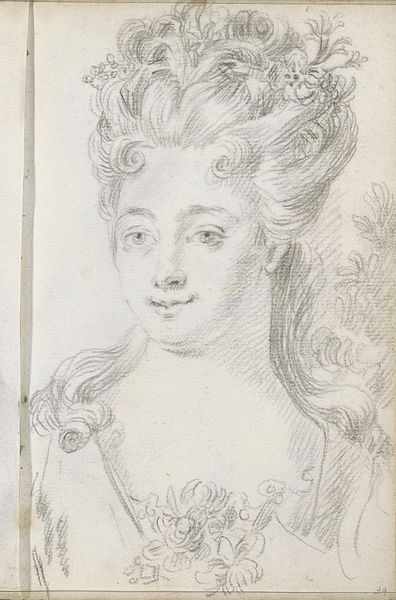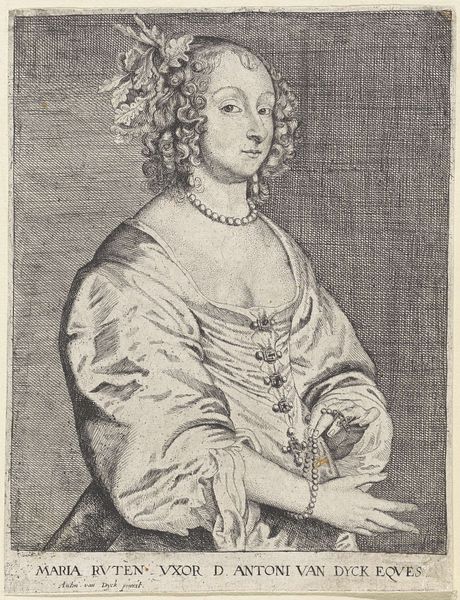
drawing, pencil
#
portrait
#
pencil drawn
#
drawing
#
pencil sketch
#
pencil
#
academic-art
Copyright: Rijks Museum: Open Domain
Curator: Before us, we have "Portret van een vrouw" (Portrait of a Woman) created between 1710 and 1772 by Petrus Johannes van Reysschoot. It's a pencil drawing. Editor: There’s a certain vulnerability to the sketch-like quality that strikes me. The details around her clothes contrast with the bare minimum to draw her face. Curator: Indeed. The strategic deployment of shading gives volume to the figure. Note the artist's masterful rendering of the draped fabric. The diagonal hatching builds depth while guiding our gaze. Editor: Considering that the materiality and technique used in this pencil drawing were available to the broader population during this period, it highlights an interesting dynamic of access to portraiture. Pencil, easily procured and thus available, becomes the instrument of preserving an aristocratic or upper-class image. What about the work evokes portraiture of nobility? Curator: The composition conforms to the codes and conventions of portraiture, emphasizing the subject’s status through idealized features. Even within the limitations of the pencil medium, Reysschoot evokes a sense of refinement through the subtle modeling of form and light. The pose suggests court portraiture of the era, if we observe how light catches the ruffles on the woman's garb. The rendering of light suggests a status worthy of the attention such materials may demand, which stands out against what feels like more economic drawing medium, like pencil. Editor: Perhaps this very simplicity is part of the statement, or maybe the study suggests something left unfinished. It begs the question: Whose labor afforded the artist and the sitter the means for creating, even a preliminary sketch? The artist could use preliminary pencil sketches to sell portraiture of other mediums that are cost prohibitive to lower classes. Curator: Fascinating to consider its possible role within the art market. What I gather from considering its construction is Reysschoot's profound understanding of academic form and his skilled orchestration of line and tone. It reveals a complex relationship between social context, means, and modes of representation. Editor: I agree. Its visual presence, amplified by our dialogue, provokes nuanced thoughts on medium and social symbolism in art production of the era. Curator: Yes, viewing "Portret van een vrouw" invites deeper contemplation about 18th-century social strata in portraiture in the means and possibilities for representation at the time.
Comments
No comments
Be the first to comment and join the conversation on the ultimate creative platform.
